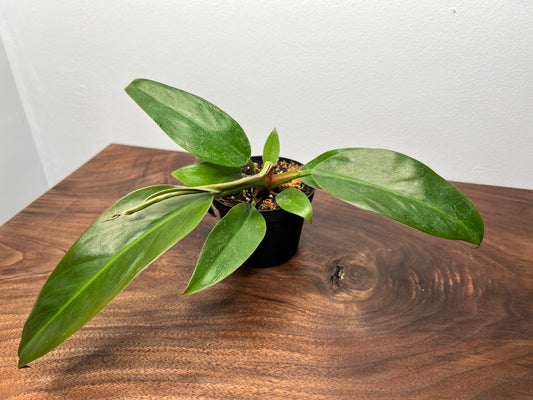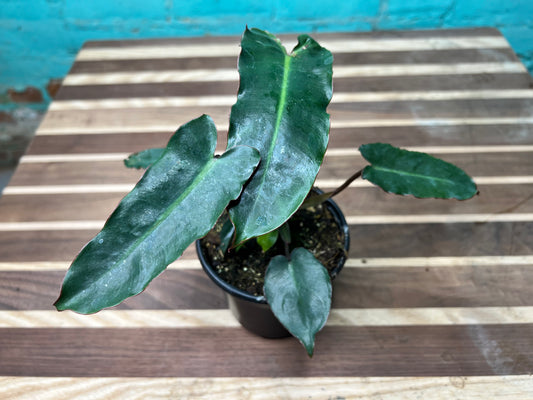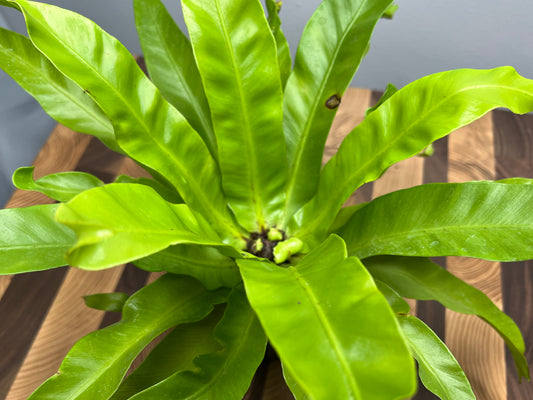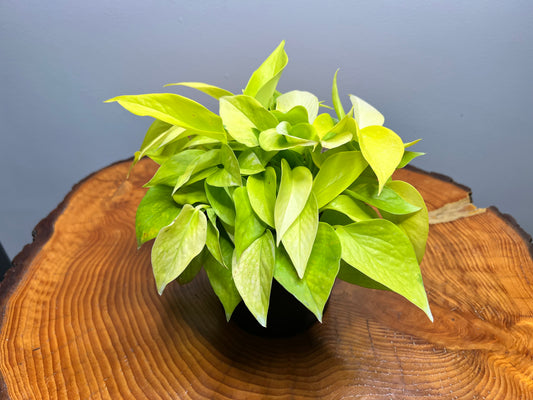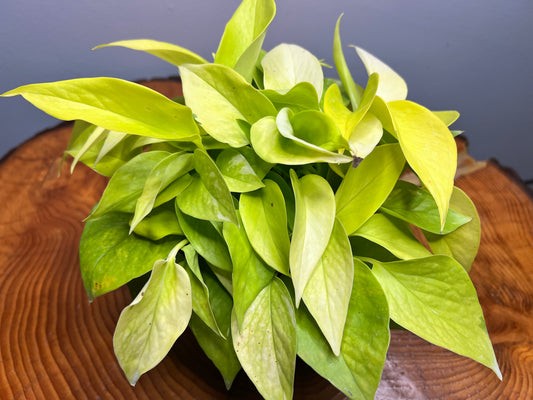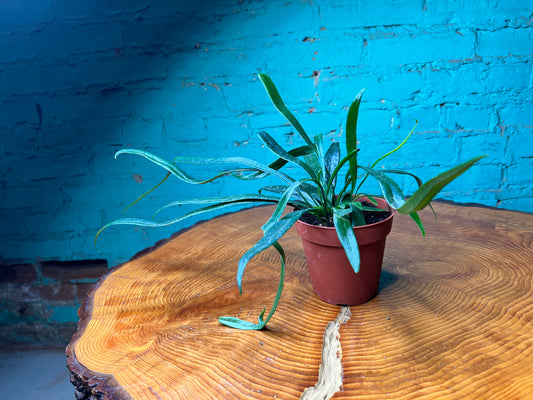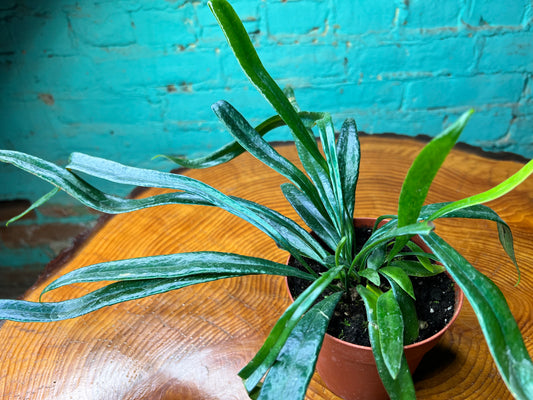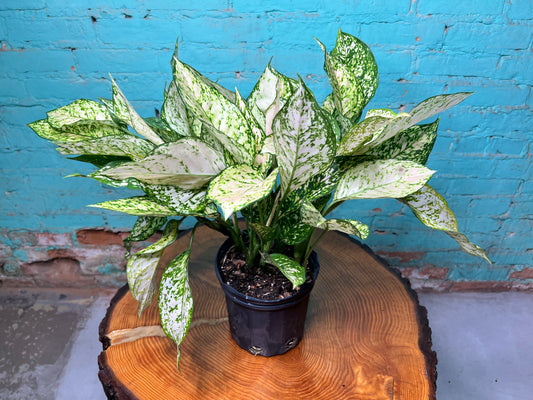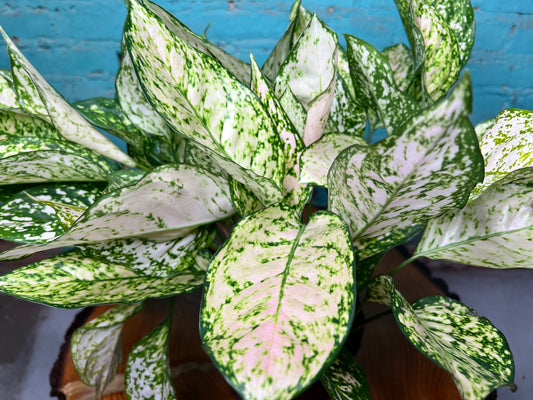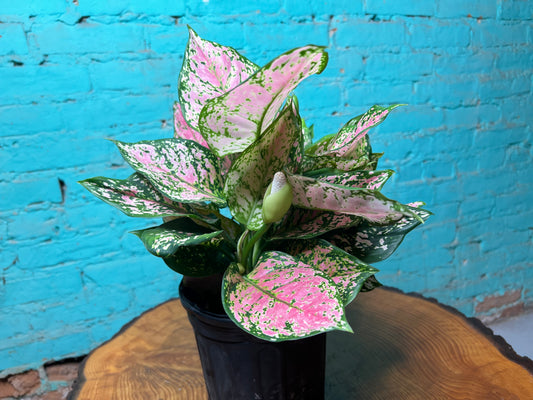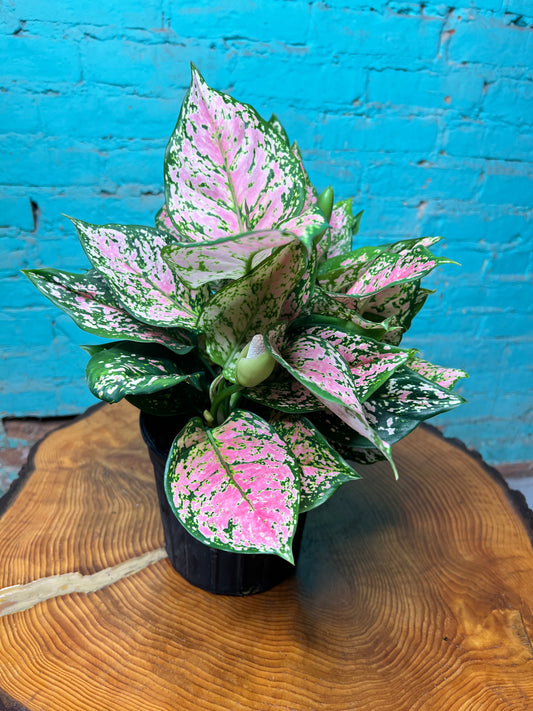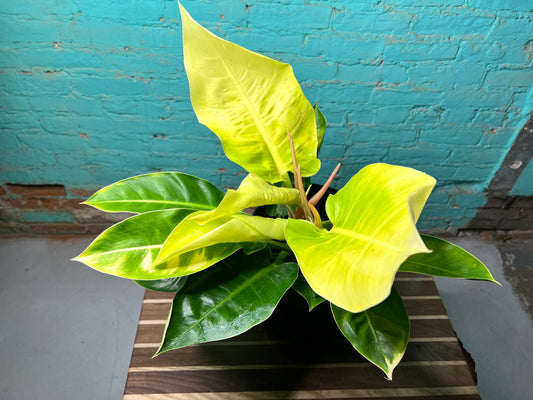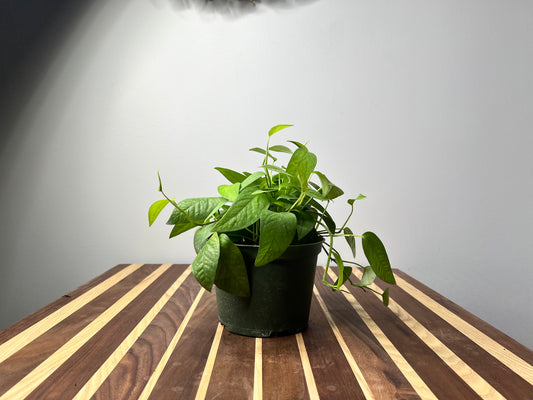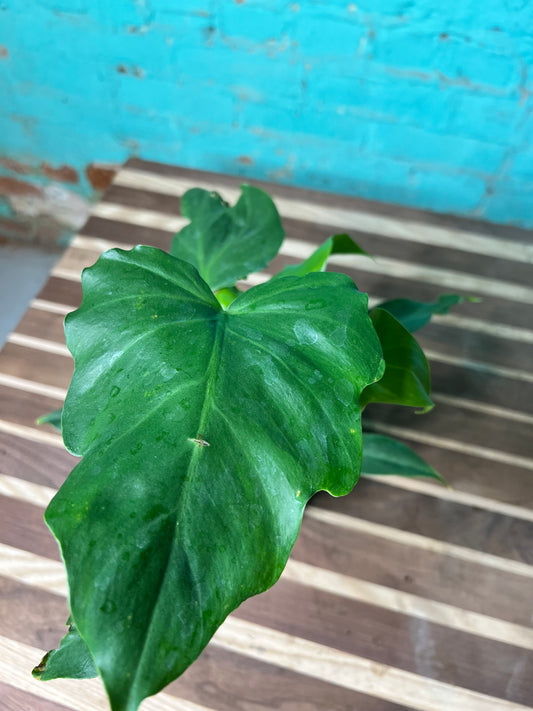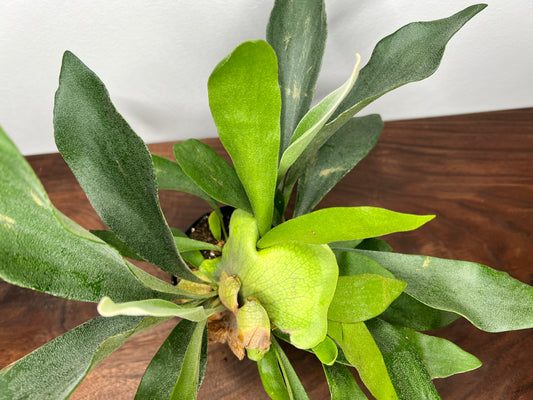Collection: Air Purification Plant
Houseplants purify the air through a combination of processes such as photosynthesis, absorption, and transpiration. Here's a breakdown of how these processes work to improve indoor air quality:
Absorption of Toxic Chemicals
Many common houseplants, like the Snake Plant or Peace Lily, are capable of absorbing volatile organic compounds (VOCs) like formaldehyde, benzene, and xylene, which are often found in household products (cleaning supplies, paints, furniture, etc.). Plants have tiny pores on their leaves, called stomata, through which they absorb gases from the air. These toxins are then either stored in the plant tissue or broken down into harmless substances during various chemical processes.
- Example: The Peace Lily absorbs toxins like formaldehyde and benzene through its leaves and roots, effectively removing them from the air.
Photosynthesis
During photosynthesis, plants take in carbon dioxide (CO₂) and convert it into oxygen (O₂) using sunlight. This process not only produces the oxygen we breathe but also helps reduce excess CO₂, a common indoor pollutant. Photosynthesis also helps plants process and neutralize certain harmful chemicals.
- Example: The Snake Plant continues to produce oxygen even during the night, unlike most plants that only do so during the day.
Transpiration is the process by which plants release water vapor through their leaves. This moisture helps to improve the humidity levels in your home, which is particularly helpful in dry indoor environments. This process also helps to "flush out" impurities from the plant’s roots and leaves into the surrounding air.
- Example: The Areca Palm is known for its ability to release moisture, which helps improve air quality while simultaneously increasing indoor humidity levels.
Natural Filtration
Certain plants, such as the Boston Fern, have an innate ability to filter pollutants from the air. This happens as the plant’s root system and leaves act like a natural filter, trapping particles and chemicals as air flows through them. These plants also have a unique ability to take in toxic substances and convert them into usable or safe compounds within their own systems.
- Example: The Boston Fern’s roots help trap harmful chemicals like formaldehyde, effectively cleaning the air around them.
The speed at which plants can purify the air in a room or house depends on several factors, including the number of plants, their size, the type of plant, the room's size, and the level of pollutants present. While there's no exact timeline for how quickly plants can “turn” the air in a space, here are some general guidelines based on scientific studies and expert recommendations:
NASA Clean Air Study Findings
The NASA Clean Air Study, which looked into the ability of common houseplants to purify indoor air, concluded that plants could significantly improve air quality over time, but it might take several hours to a few days for noticeable improvements depending on the concentration of pollutants. For instance, a single plant in a small room could start to make a noticeable difference in 24–48 hours if the pollutants are not excessive.
However, for effective purification across an entire house, multiple plants would be required, and the process would take days to weeks to noticeably impact air quality.
Room Size and Number of Plants
- Small Rooms: In a small room (e.g., 100–200 square feet), adding several plants (3–5 medium-sized plants) can start improving air quality within a few hours to days, depending on the level of air contamination. For example, a Snake Plant or Spider Plant can start absorbing chemicals like formaldehyde and benzene relatively quickly.
- Larger Rooms or Open Areas: For larger spaces or an entire house, the process of purifying the air would take longer. To purify the air in a large room (e.g., 500 square feet or more), you would likely need 10+ plants or more, especially if the room contains higher levels of pollutants. In these cases, a few weeks could be necessary for noticeable air quality improvement.
Type of Plant
Different plants vary in how quickly and effectively they absorb toxins. Some plants are more efficient at removing specific chemicals:
- Snake Plants are particularly effective at filtering formaldehyde and nitrogen oxides and can begin purifying a small space within 24-48 hours.
- Peace Lilies and Spider Plants are also known for removing benzene and formaldehyde quickly, while Areca Palms help humidify the air, making them ideal for dry, polluted environments.
Air Circulation
Air circulation also plays a role. In a well-ventilated room, the air will exchange more quickly, so the purifying process will be more dynamic. On the other hand, in a stagnant or poorly ventilated space, the plants might take longer to clear the air since pollutants are not dissipating as quickly.
Pollution Levels
If a room has significant levels of indoor air pollutants, such as those from tobacco smoke, cleaning chemicals, or mold, plants may take longer to fully "clean" the air. High levels of VOCs (volatile organic compounds) might require a prolonged period for noticeable effects.
Combination with Other Air Purification Methods
While plants can significantly improve air quality, they work best when combined with other methods like air purifiers, ventilation, and reducing sources of indoor pollution. For example, plants can be a complementary solution, but if you're hoping for immediate results, an air purifier may speed up the process, with plants helping to maintain long-term air quality.
Not all plants are effective at purifying the air, though most plants do contribute in some way to improving indoor air quality. The degree to which a plant purifies the air depends on its ability to absorb and process harmful chemicals, filter particulates, or contribute oxygen through photosynthesis.
What Makes a Plant "Air-Purifying"?
Air-purifying plants are particularly effective at:
- Absorbing VOCs (volatile organic compounds) like formaldehyde, benzene, and toluene from the air.
- Releasing oxygen through photosynthesis, which improves air quality.
- Transpiring water vapor, which can increase humidity and help in environments with dry air.
- Filtering out particles and dust in the air through their leaves and root systems.
Why Not All Plants Purify
Lack of Efficiency: Some plants may not have the necessary surface area (i.e., large leaves or dense foliage) or ability to absorb pollutants effectively. While all plants do photosynthesize and release oxygen, the air-purifying power of some is much stronger than others. For example, plants like the Peace Lily or Snake Plant are better at filtering specific chemicals than others.
Environmental Requirements: Certain plants are just not suited for indoor air purification. Plants that thrive in extreme outdoor conditions (e.g., desert plants like cacti) may not have the necessary adaptations to absorb pollutants from indoor air, and they typically don’t transpire or release moisture, making them less effective in improving air quality.
Limited Studies on Specific Varieties: While NASA’s Clean Air Study focused on specific plants known for purifying the air, there are thousands of plant species. Not every variety has been studied, so we can’t be sure that all plants share the same purifying qualities.
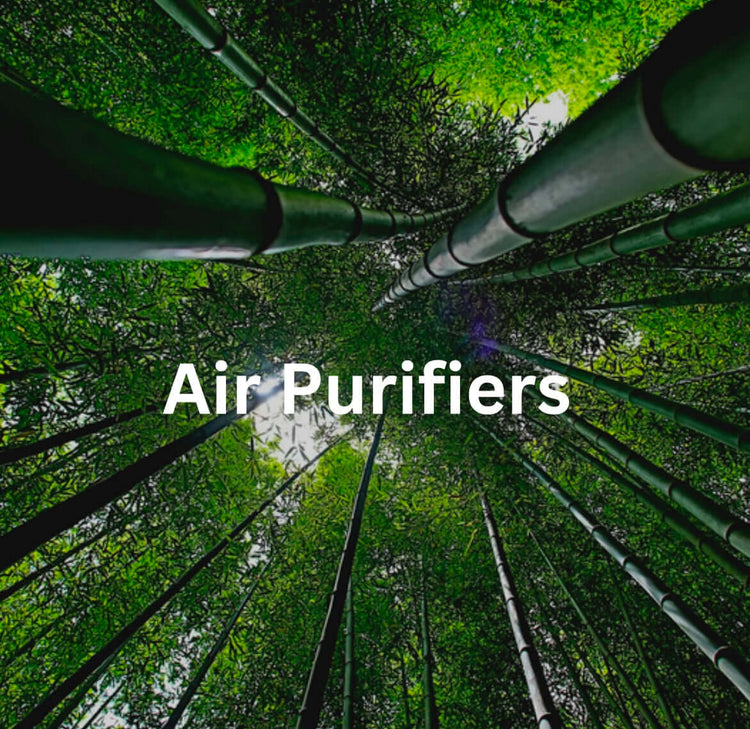
-
Philodendron painted lady 4”
Vendor:The Rooted Plant ShopRegular price $16.00 USDRegular priceUnit price / per -
Philodendron Imperial Green
Vendor:The Rooted Plant ShopRegular price $19.00 USDRegular priceUnit price / per -
Philodendron Black Billietiae
Vendor:The Rooted Plant ShopRegular price $38.00 USDRegular priceUnit price / per -
Bird’s Nest Fern 4”
Vendor:The Rooted Plant ShopRegular price $15.00 USDRegular priceUnit price / per -

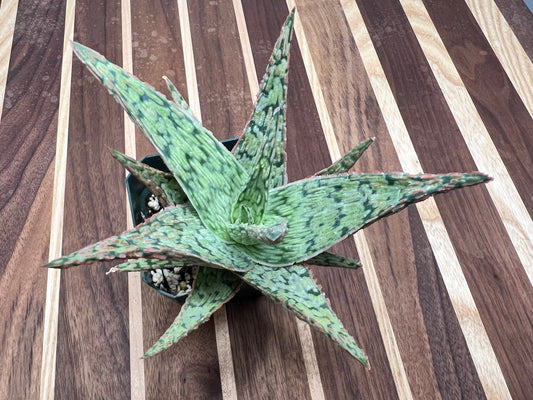 Sold out
Sold outAloe-White (cosmo aloe)
Vendor:The Rooted Plant ShopRegular price $12.00 USDRegular priceUnit price / per -
Neon pothos 6”
Vendor:The Rooted Plant ShopRegular price $35.00 USDRegular priceUnit price / per -
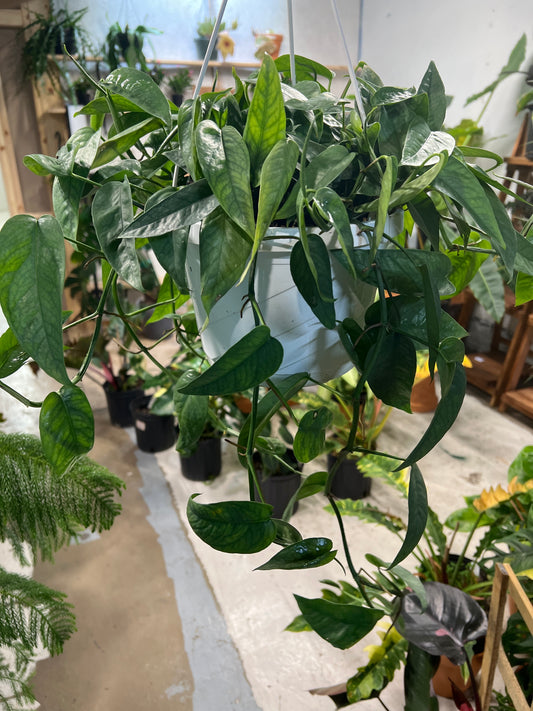 Sold out
Sold outCebu Blue Pothos 8” basket
Vendor:The Rooted Plant ShopRegular price $40.00 USDRegular priceUnit price / per -
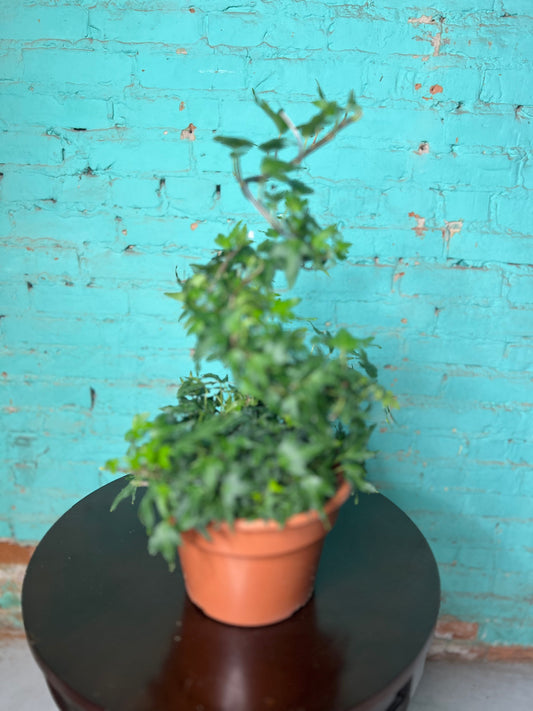
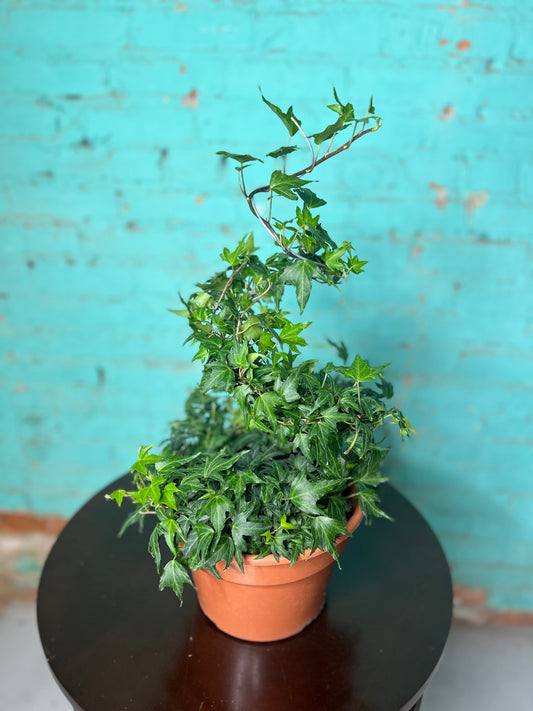 Sold out
Sold outIvy Topiary spiral 8”
Vendor:The Rooted Plant ShopRegular price $55.00 USDRegular priceUnit price / per -
Blue Oil Fern 4”
Vendor:The Rooted Plant ShopRegular price $55.00 USDRegular priceUnit price / per -
Philodendron Burle Marx Variegated 10” (Mature Plant)
Vendor:The Rooted Plant ShopRegular price $350.00 USDRegular priceUnit price / per -
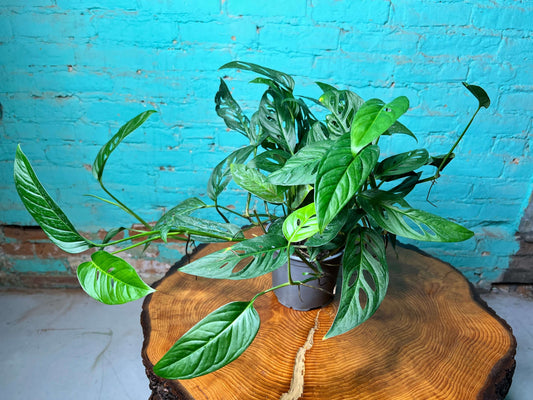
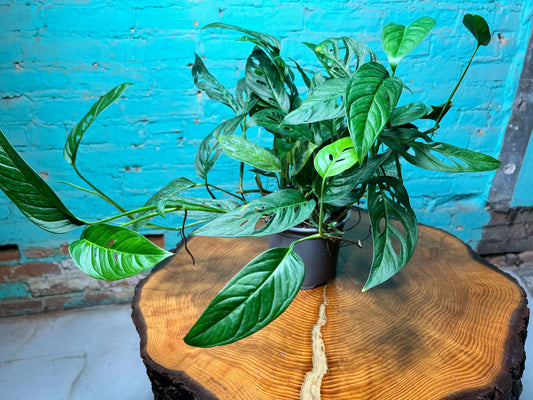 Sold out
Sold outSwiss Cheese Wide Form 6”
Vendor:The Rooted Plant ShopRegular price $45.00 USDRegular priceUnit price / per -
Aglaonema Snow White (pink variegated) 8”
Vendor:The Rooted Plant ShopRegular price $45.00 USDRegular priceUnit price / per -
Aglaonema Wishes 8”
Vendor:The Rooted Plant ShopRegular price $45.00 USDRegular priceUnit price / per -
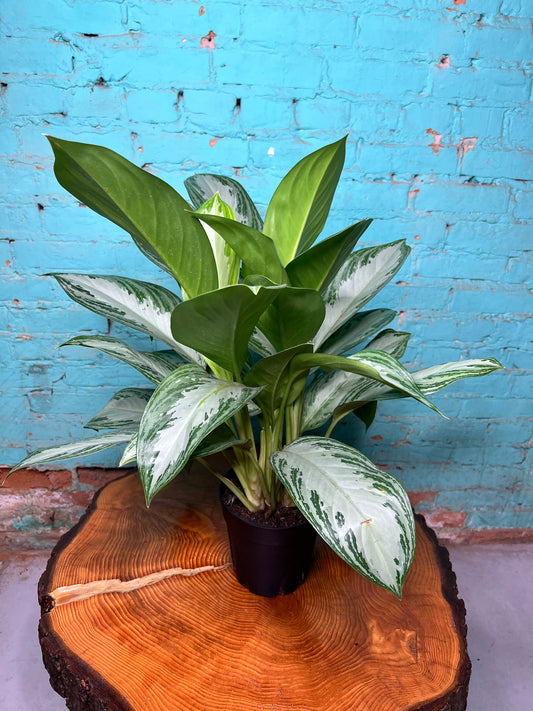
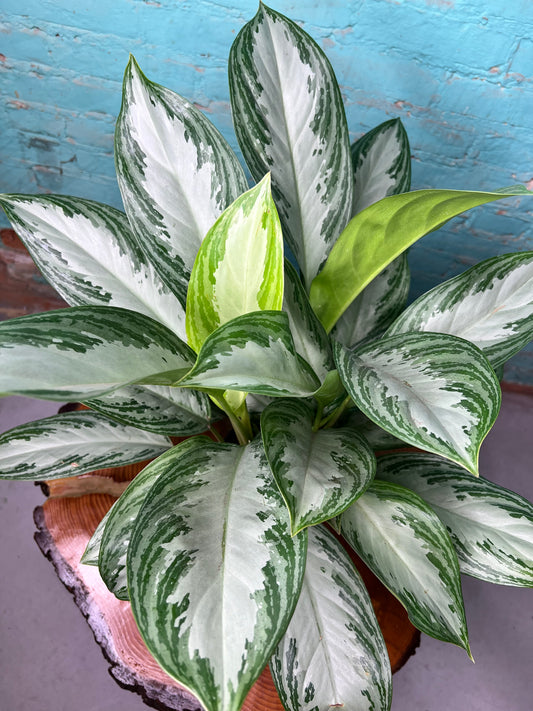 Sold out
Sold outAglaonema Silver Bay
Vendor:The Rooted Plant ShopRegular price $45.00 USDRegular priceUnit price / per -
Ficus Benjamina Weeping Fig braided 10”
Vendor:The Rooted Plant ShopRegular price $139.00 USDRegular priceUnit price / per -
Philodendron Moonlight 10”
Vendor:The Rooted Plant ShopRegular price $55.00 USDRegular priceUnit price / per -
Philodendron Silver Sword basket 10”
Vendor:The Rooted Plant ShopRegular price $69.00 USDRegular priceUnit price / per -
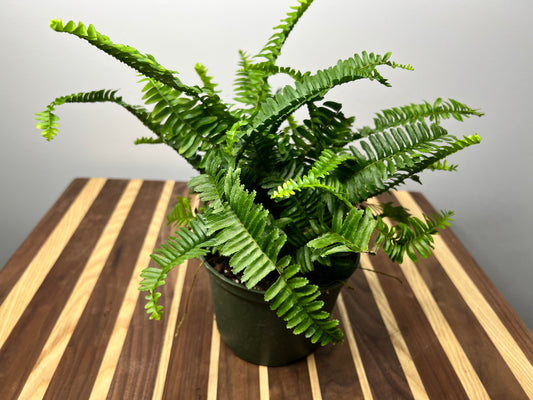
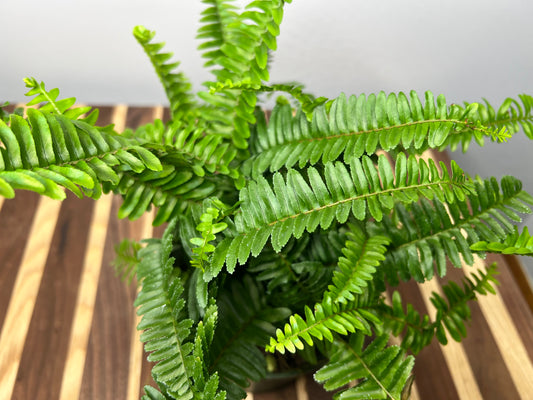 Sold out
Sold outFern Kimberly Queen
Vendor:The Rooted Plant ShopRegular price $28.00 USDRegular priceUnit price / per -
Snake plant (Moonlight) 4”
Vendor:The Rooted Plant ShopRegular price $15.00 USDRegular priceUnit price / per -
Cebu Blue Pothos 6”
Vendor:The Rooted Plant ShopRegular price $39.00 USDRegular priceUnit price / per -
Maple Maiden Hair Fern 6”
Vendor:The Rooted Plant ShopRegular price $28.00 USDRegular priceUnit price / per -
Snake plant 8”
Vendor:The Rooted Plant Shop5.0 / 5.0
(1) 1 total reviews
Regular price $59.00 USDRegular priceUnit price / per -
Philodendron- Mayoi Thai
Vendor:The Rooted Plant ShopRegular price $25.00 USDRegular priceUnit price / per -
Staghorn fern
Vendor:The Rooted Plant ShopRegular price $18.00 USDRegular priceUnit price / per


